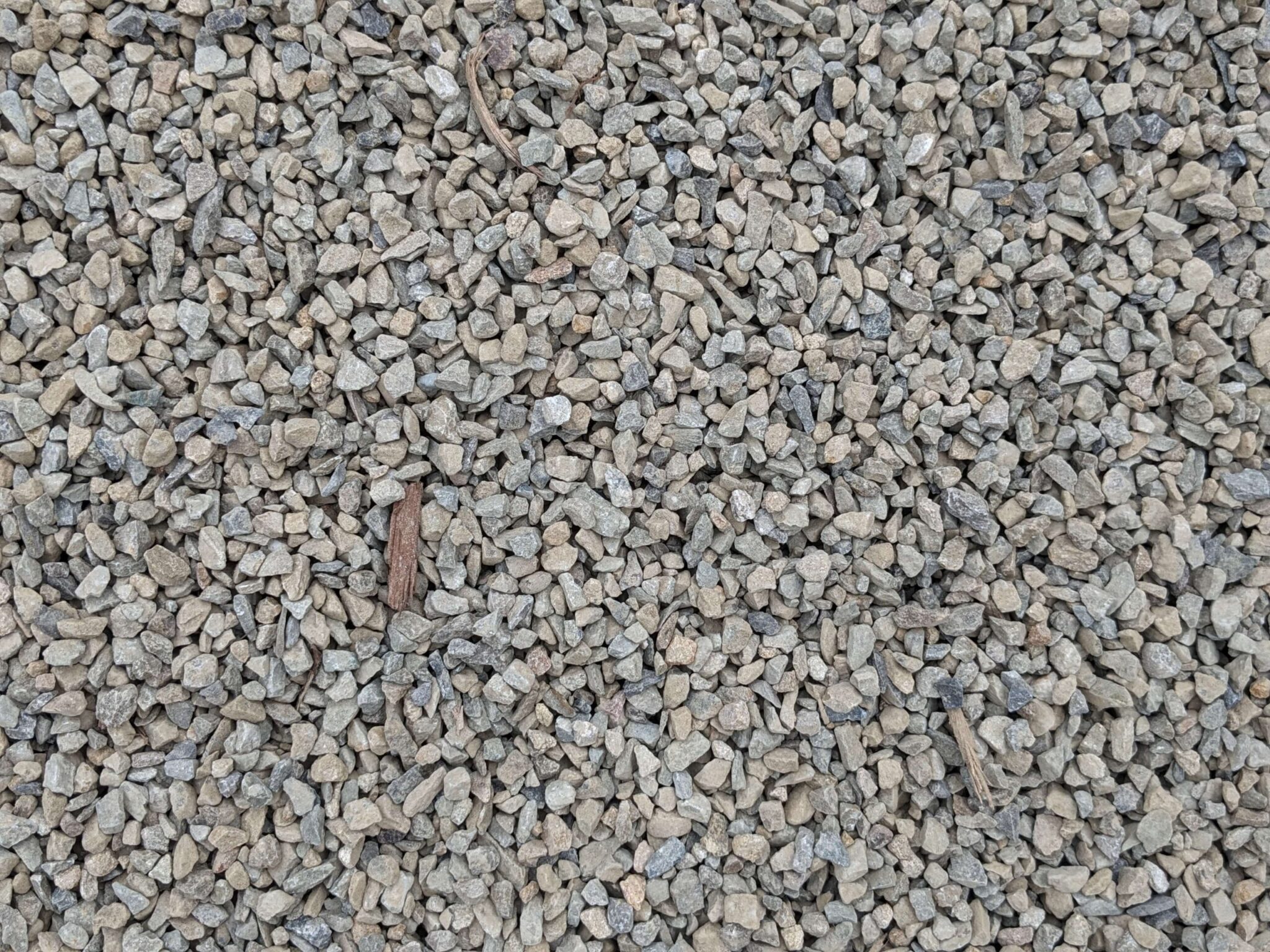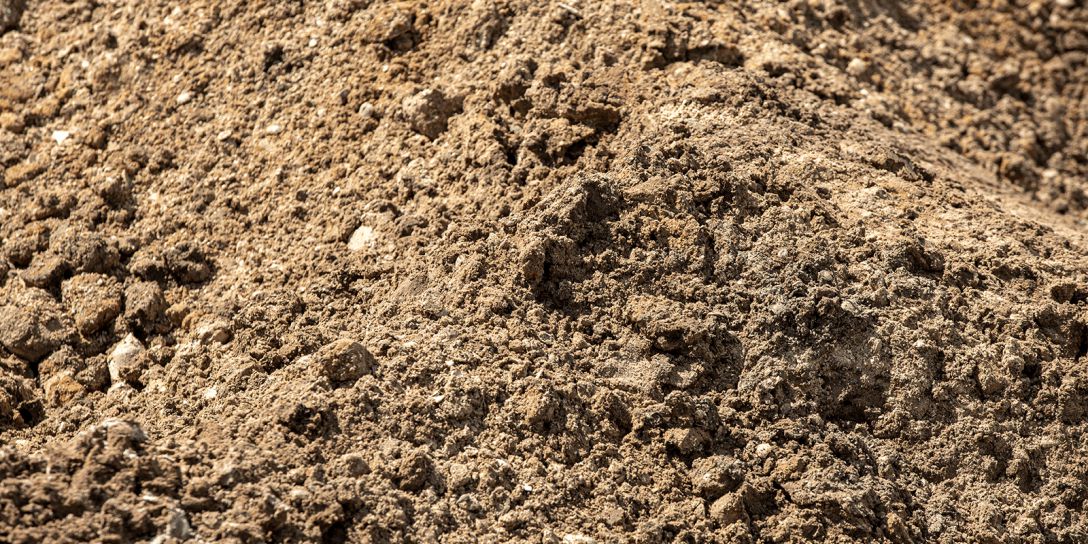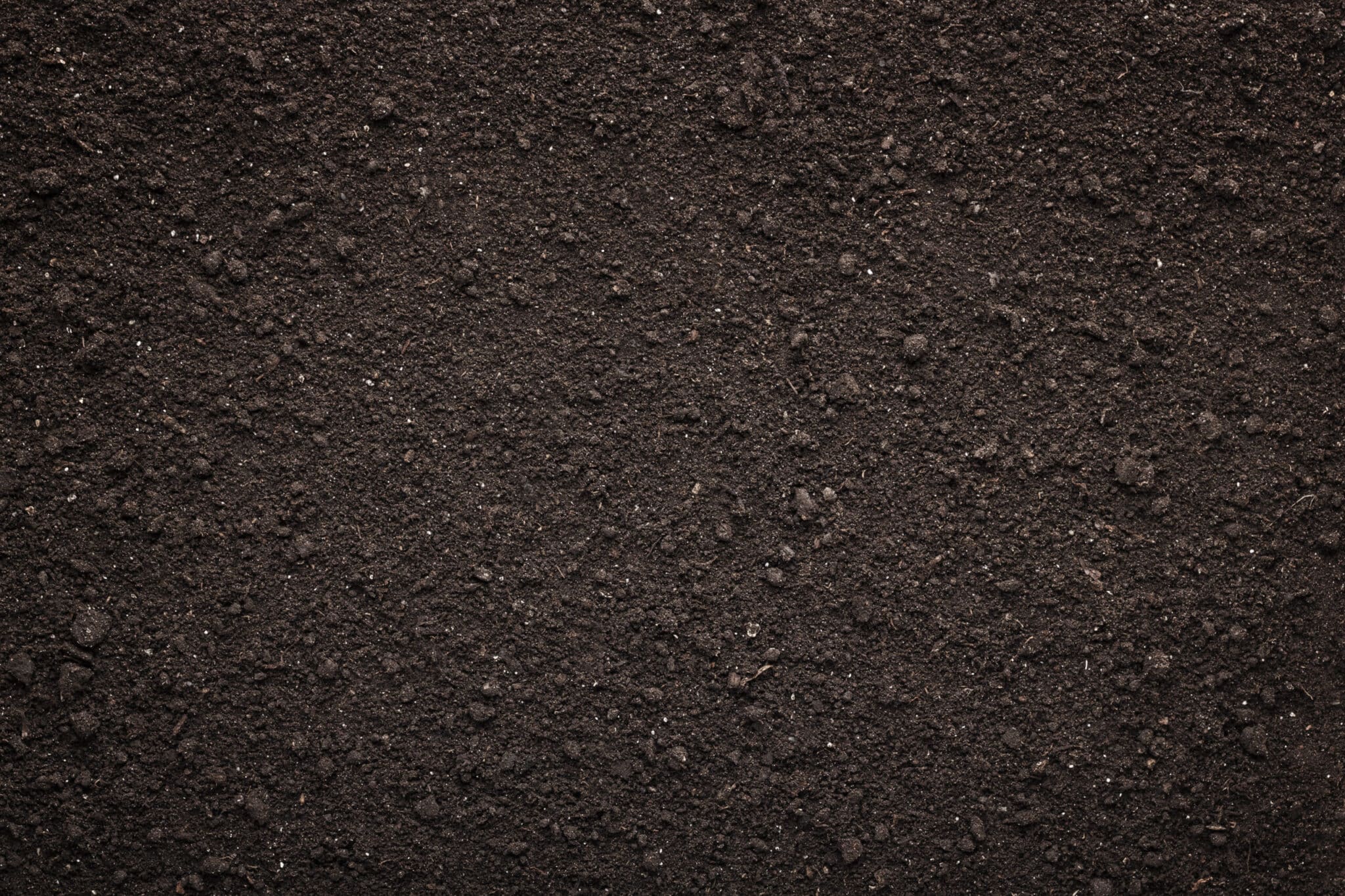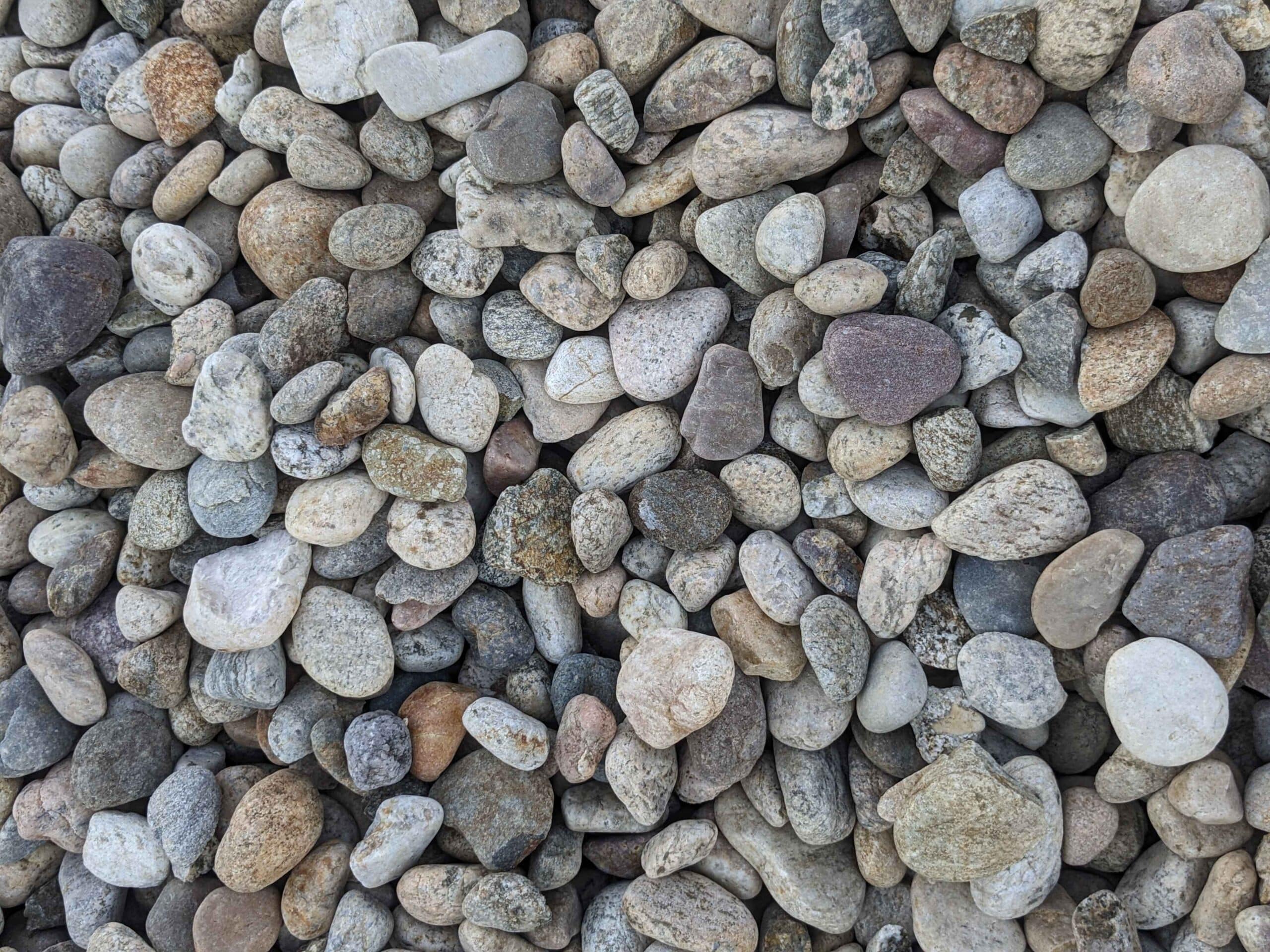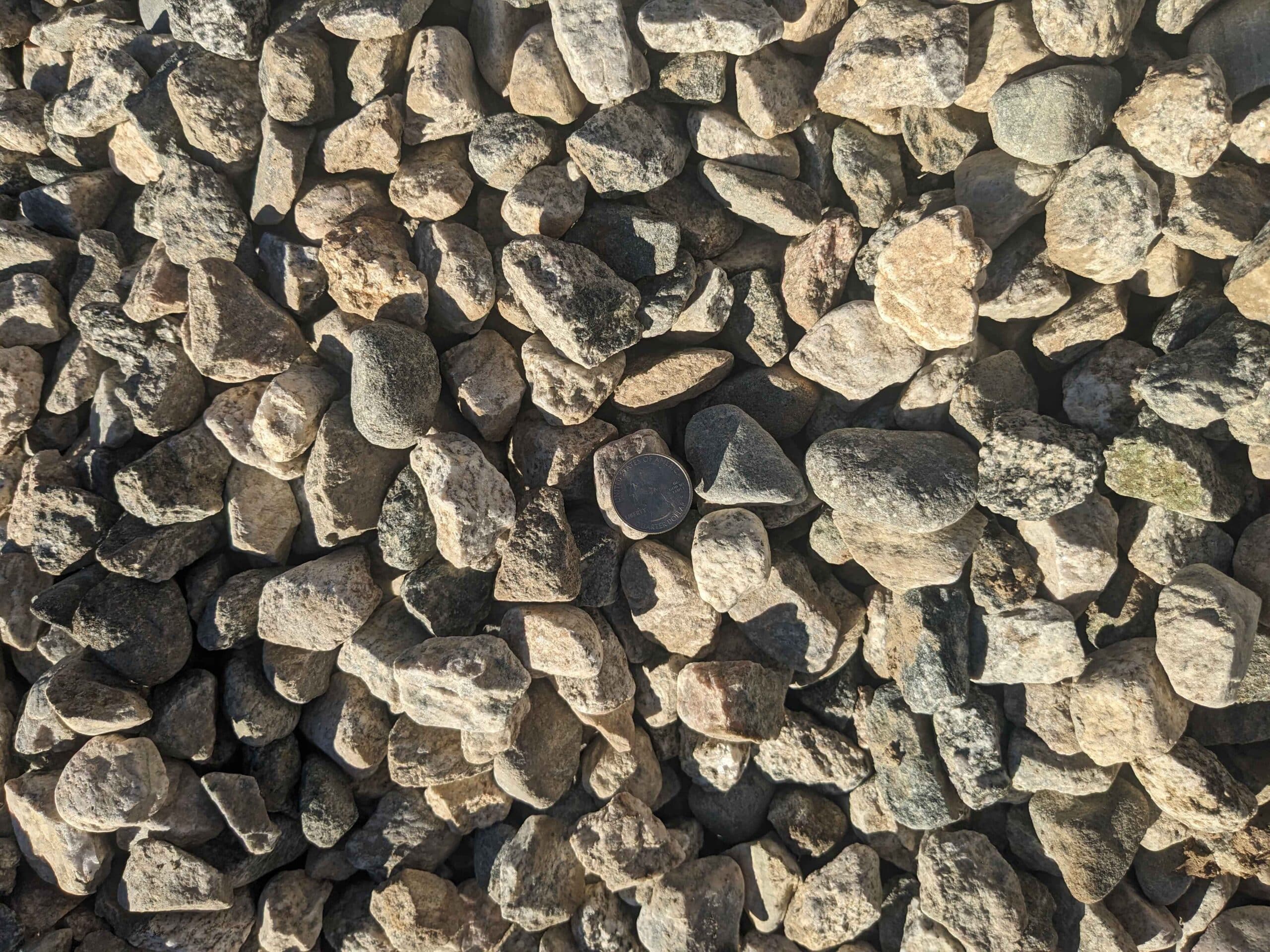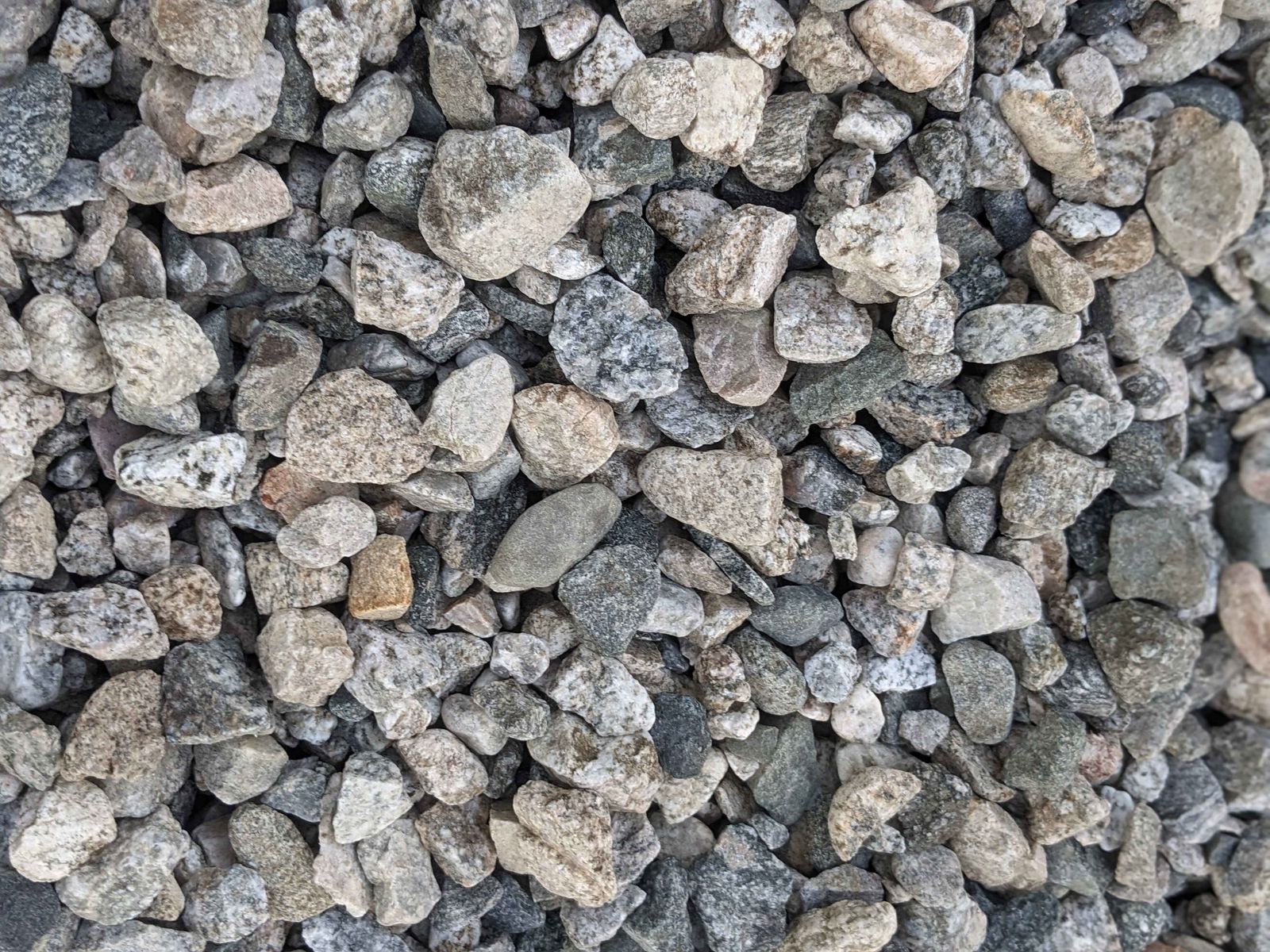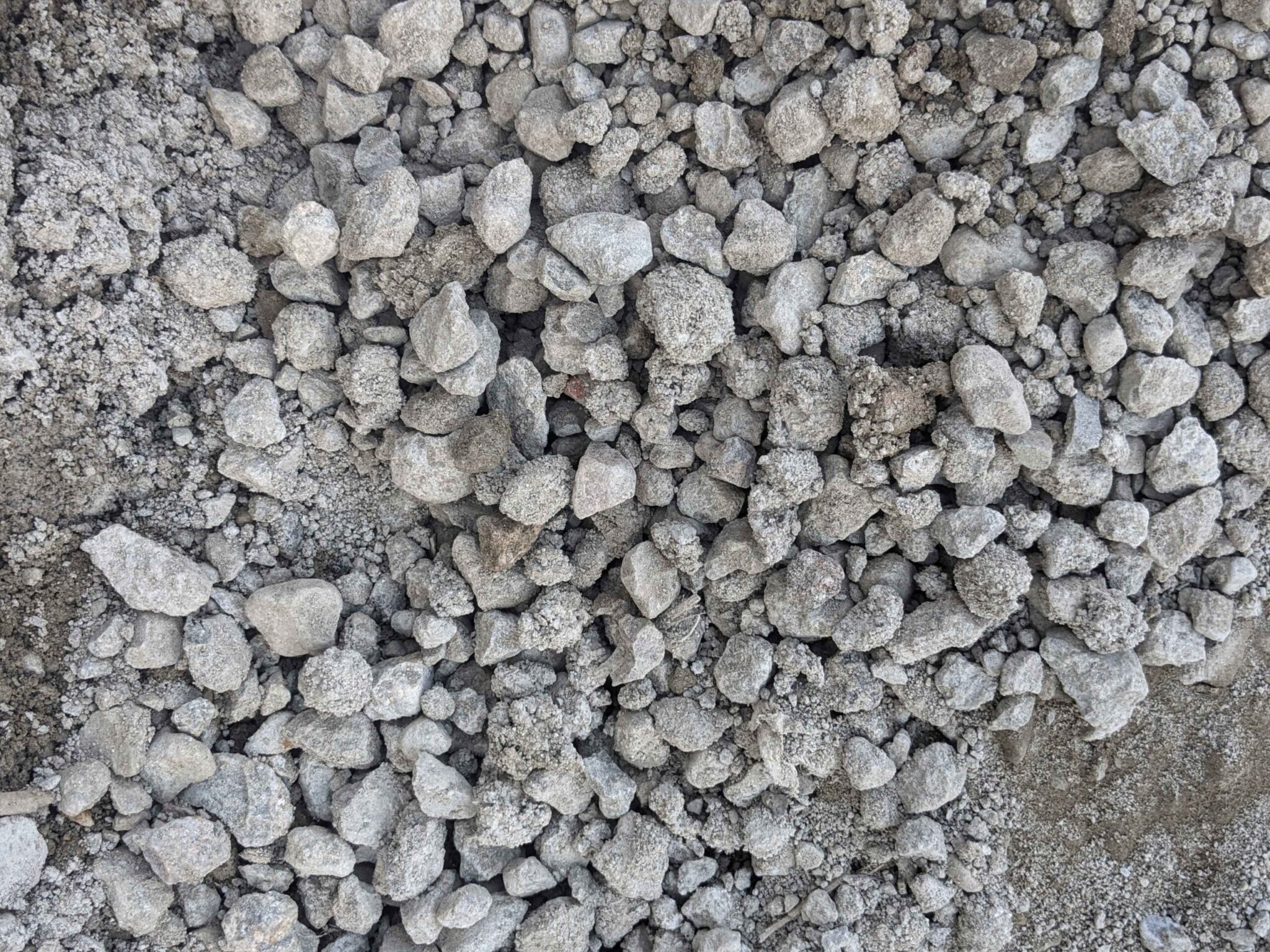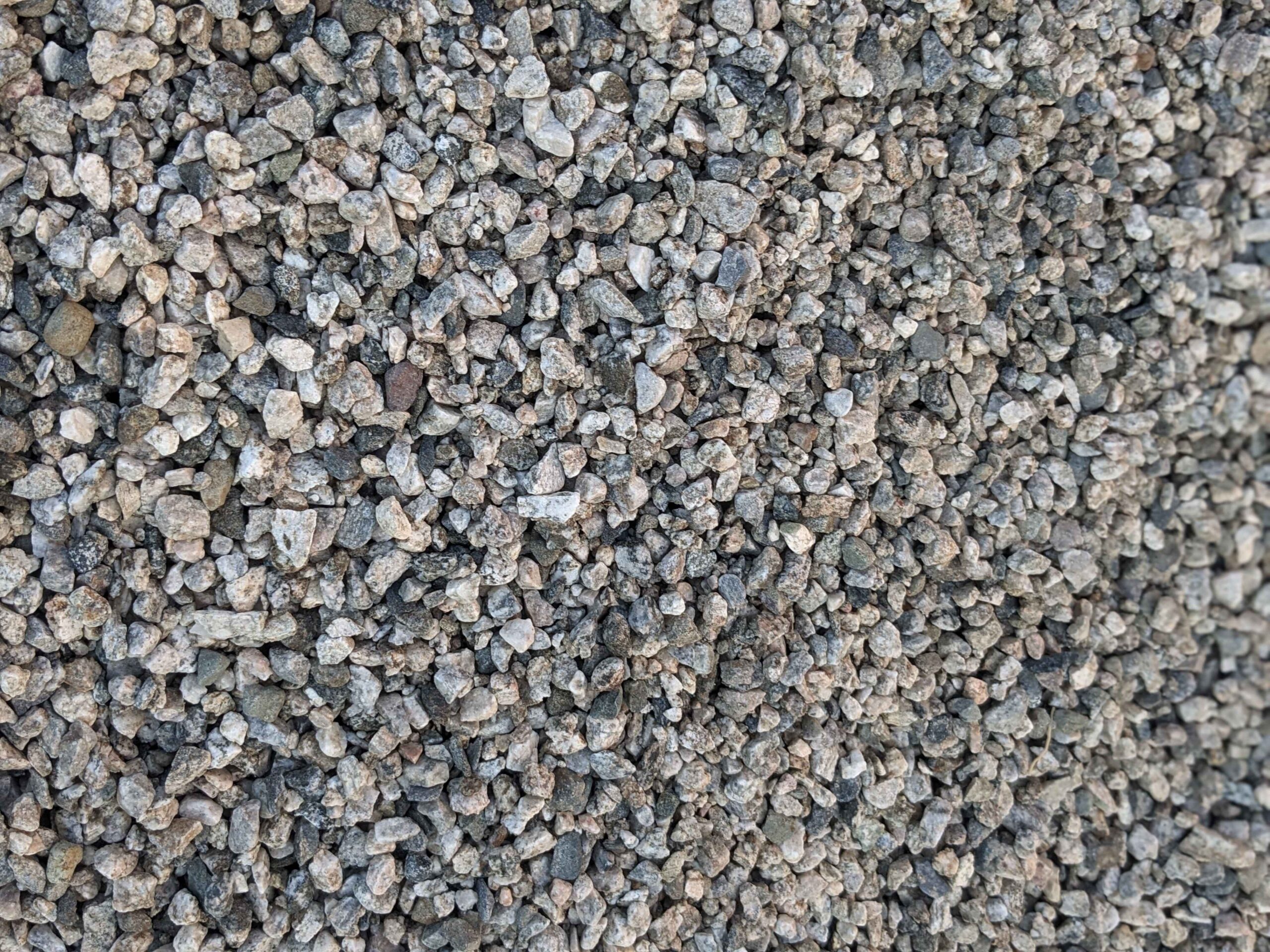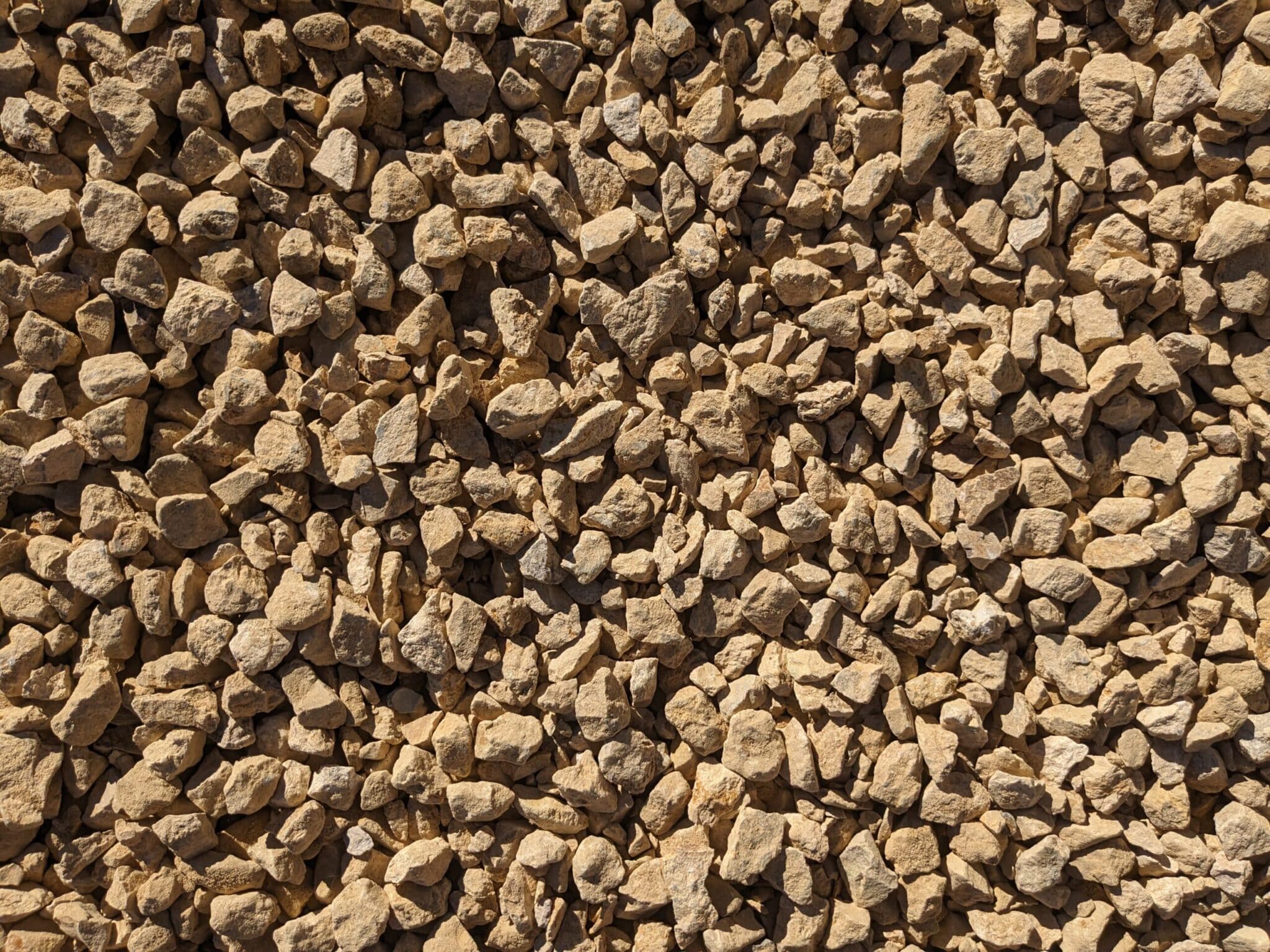Are you looking for dirt and gravel near you? Whether you’re working on a construction project, landscaping your backyard, or simply in need of materials for your garden, finding the right dirt and gravel is essential. In this ultimate guide, we will walk you through the basics of dirt and gravel, teach you how to determine their quality, explain the importance of sourcing locally, provide tips for finding suppliers near you, and even give you strategies to negotiate pricing. Let’s get started!
Understanding the Basics of Dirt and Gravel
When it comes to dirt and gravel, there is more than meets the eye. These natural materials have different types and uses that make them essential in various industries and projects. Let’s dive deeper into the world of dirt and gravel to understand their characteristics and applications.
Types of Dirt and Their Uses
Dirt, or soil, is not just a generic substance found beneath our feet. It comes in various types, each with its own unique set of characteristics and uses. Understanding these differences can help us make informed decisions when it comes to gardening, landscaping, and construction projects.
Sandy soil, for example, is known for its excellent drainage properties. This makes it ideal for plants that prefer drier conditions. However, sandy soil may lack essential nutrients, so additional fertilizers might be necessary for plants to thrive in this type of soil.
On the other hand, clay soil retains moisture well, making it suitable for plants that require consistent watering. However, clay soil can be challenging to work with due to its heavy and compact nature. It can become hard when dry and sticky when wet, making it difficult for roots to penetrate and for water to drain properly.
Loamy soil, often considered the gold standard, is a balanced mixture of sand, silt, and clay. This combination provides good drainage while retaining moisture and nutrients. It is the ideal soil type for most plants, offering a fertile and well-draining environment for their roots to grow and thrive.
When it comes to gardening, the choice of soil type is crucial. Different plants have different needs, and selecting the right soil can make a significant difference in their growth and overall health. Whether you’re growing vegetables, flowers, or trees, understanding the characteristics of different soil types can help you create the optimal environment for your plants.
But dirt doesn’t stop at gardening. It also plays a vital role in landscaping and construction projects. In landscaping, different soil types can be strategically used to create the desired slope, texture, or drainage system. Whether you’re designing a picturesque garden or building a functional outdoor space, the right soil can make all the difference.
In construction projects, dirt is often used for grading, filling, and creating a stable foundation. Proper soil compaction and grading are essential for ensuring the stability and longevity of structures. By understanding the characteristics of different soil types, construction professionals can make informed decisions to create a solid base for buildings, roads, and other infrastructure.
Types of Gravel and Their Uses
Gravel, like dirt, comes in various types, each with its own unique characteristics and uses. From driveways to decorative elements, gravel is a versatile material that finds its place in many projects.
Crushed stone is a popular type of gravel known for its durability. It is commonly used for driveways and walkways, providing a stable and long-lasting surface. Its rough texture ensures good traction, making it ideal for areas that experience heavy foot or vehicle traffic.
Pea gravel, on the other hand, is smaller in size and smoother in texture. It is commonly used for landscaping and creating decorative pathways. Its rounded shape and natural colors add aesthetic appeal to outdoor spaces, making it a popular choice for gardens, parks, and other recreational areas.
River rock, with its smooth and polished appearance, is often used for water features or to enhance the aesthetics of a garden. Its unique colors and shapes can create stunning visual effects, adding a touch of elegance to any landscape design.
But gravel is not limited to driveways and landscaping. It is highly versatile and finds its place in various projects. When used as a base material for driveways or as a foundation for construction projects, gravel provides excellent drainage and stability. Its ability to withstand heavy loads makes it an ideal choice for areas that require a solid and reliable foundation.
Gravel can also be used in decorative elements such as garden borders or as a substitute for traditional mulch. Its natural appearance blends seamlessly with outdoor environments, adding texture and visual interest to flower beds, pathways, and other landscaping features.
So, whether you’re working on a gardening project, landscaping your backyard, or undertaking a construction endeavor, understanding the different types of gravel and their uses can help you make informed decisions and achieve the desired results.
How to Determine the Quality of Dirt and Gravel
Key Characteristics of High-Quality Dirt
When assessing the quality of dirt, there are several key characteristics to consider. The first is the soil texture, which determines how well it retains moisture and drains excess water. Different types of soil have varying textures, such as sandy, loamy, or clayey. Sandy soil, for example, has larger particles and drains water quickly, while clayey soil has smaller particles and retains water for longer periods. Loamy soil, on the other hand, strikes a balance between drainage and water retention, making it ideal for most plants.
In addition to soil texture, the presence of organic matter is another important factor in determining the quality of dirt. Organic matter, such as decomposed leaves or compost, indicates a healthier soil composition. It improves soil structure, enhances nutrient availability, and promotes beneficial microbial activity. The decomposition of organic matter also releases essential nutrients that plants need for growth and development.
Furthermore, the pH level of the soil plays a crucial role in plant growth. The pH scale ranges from acidic to alkaline, with neutral being around 7. Different plants have different pH preferences, so it’s important to ensure that the soil’s pH falls within the appropriate range for your desired plants. For example, blueberries prefer acidic soil with a pH between 4.5 and 5.5, while most vegetables thrive in slightly acidic to neutral soil with a pH between 6 and 7.
Identifying Top-Grade Gravel
Top-grade gravel should have certain characteristics that make it suitable for your intended use. Firstly, it should have minimal fines, which are small particles that can compact and affect drainage. These fines can clog the spaces between larger gravel particles, reducing permeability and causing water to pool on the surface. By minimizing fines, you ensure better drainage and prevent potential issues like erosion or waterlogging.
Secondly, the gravel should have uniformity in size to ensure a smooth and even surface. This is particularly important for applications such as driveways, walkways, or road construction. Uneven gravel can create an uncomfortable walking or driving experience, and it may also lead to instability or damage over time. Uniformly sized gravel provides stability, improves traction, and enhances the overall aesthetics of the area.
Finally, the gravel should be free from any contaminants or debris that could affect its durability. Contaminants like clay, silt, or organic matter can negatively impact the performance and longevity of the gravel. These impurities can cause the gravel to compact, erode, or break down over time. It’s essential to choose gravel that is clean and free from unwanted substances to ensure its quality and durability.
The Importance of Sourcing Locally
Environmental Benefits of Local Sourcing
Choosing to source dirt and gravel locally not only supports your local economy but also has significant environmental benefits. By sourcing materials from nearby suppliers, you reduce the carbon footprint associated with transportation. This helps minimize air pollution and contributes to the overall sustainability of your project.
Economic Advantages of Local Sourcing
Local sourcing of dirt and gravel can provide economic advantages as well. By purchasing from local suppliers, you support local businesses and stimulate the economy in your community. Furthermore, transportation costs are reduced, resulting in potential cost savings for you as the buyer.
Tips for Finding Dirt and Gravel Suppliers Near You
Utilizing Online Resources
One of the easiest ways to find local dirt and gravel suppliers is to utilize online resources. Websites and directories dedicated to construction materials provide comprehensive listings and reviews of suppliers in your area. You can also check social media platforms and online marketplaces for recommendations and contact information.
Leveraging Local Networks
Another effective method for finding dirt and gravel suppliers near you is to leverage local networks. Talk to friends, neighbors, and colleagues who have recently undertaken similar projects and ask for their recommendations. Local gardening or construction clubs may also have valuable insights or connections to reliable suppliers.
How to Negotiate Pricing with Suppliers
Understanding Market Rates
Before negotiating pricing with suppliers, it’s important to have a clear understanding of market rates. Research the current prices for your desired dirt and gravel types in your area. This knowledge will empower you during negotiations and ensure you’re getting a fair deal.
Effective Negotiation Strategies
When negotiating pricing with suppliers, keep the following strategies in mind. Firstly, be polite and professional while clearly stating your budget and requirements. Secondly, try to negotiate bulk discounts if you have a large project that requires a significant amount of dirt or gravel. Lastly, don’t be afraid to shop around and compare prices from different suppliers to find the best deal.
By following this ultimate guide, you’ll be well-equipped to find the dirt and gravel you need for your next project. Remember to consider the different types and uses, assess their quality, prioritize local sourcing for environmental and economic benefits, utilize online resources and local networks to find suppliers near you, and negotiate pricing effectively to achieve the best outcome. Happy sourcing!
Start Your Project with Bulk Aggregate Supply
Ready to take the hassle out of sourcing high-quality aggregates for your next project? Look no further than Bulk Aggregate Supply. Our white glove service ensures you get the best materials without the need to call around for quotes. From small driveways to large civil construction projects, we deliver dirt, sand, gravel, and more, right to your doorstep. Experience our exceptional customer service and seamless online ordering process. Check out our products today and let us provide you with a superior aggregate supply solution.


